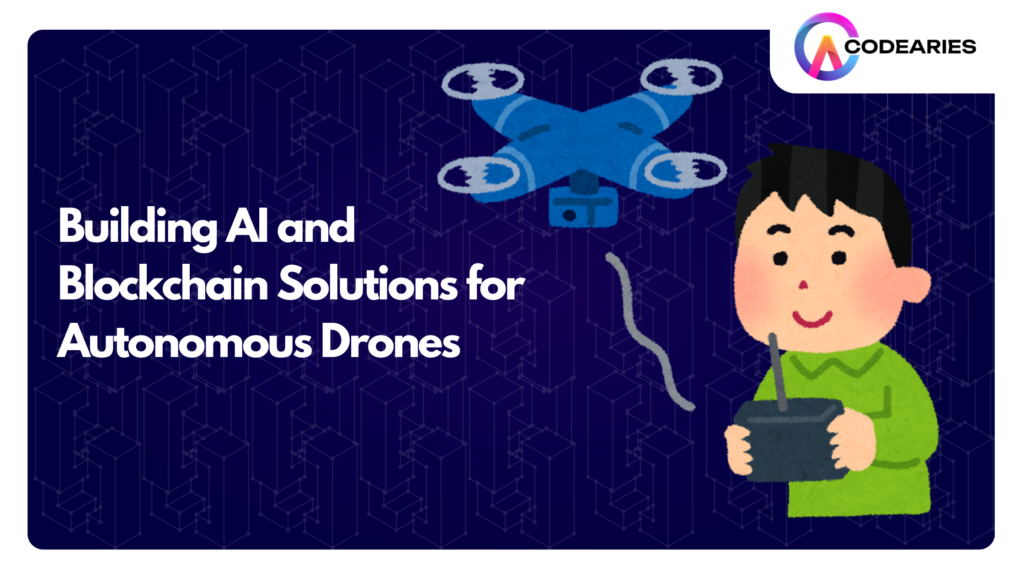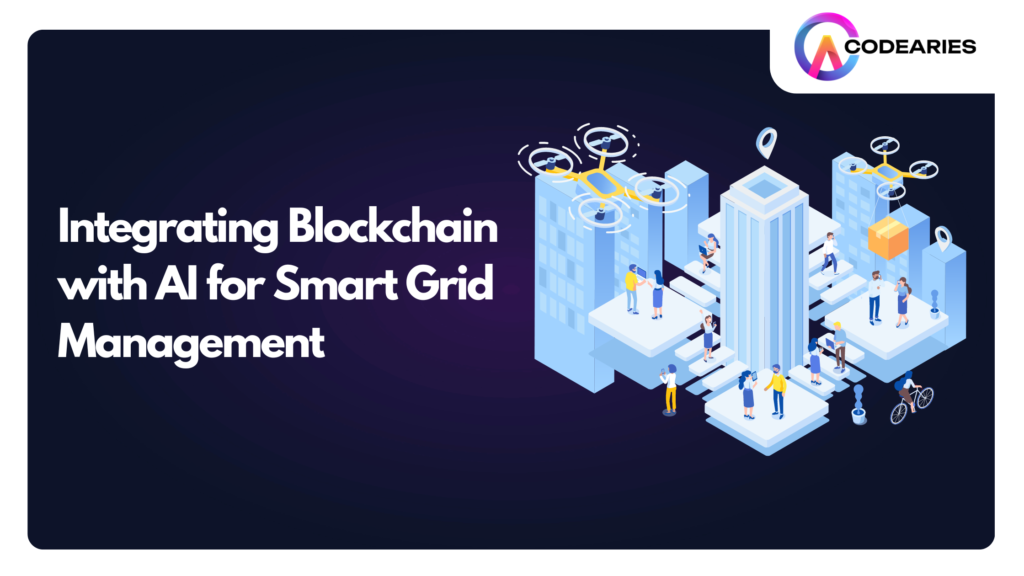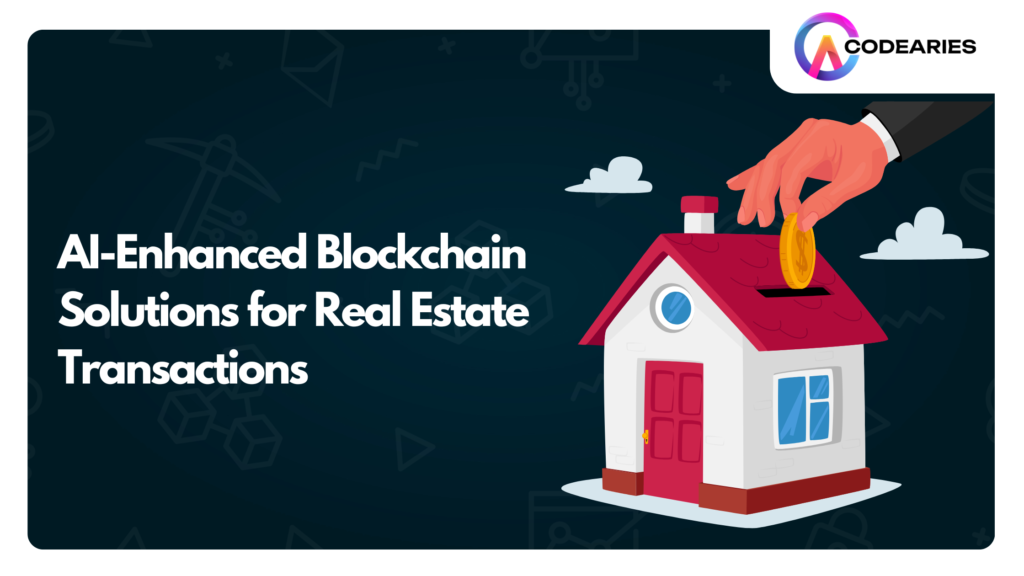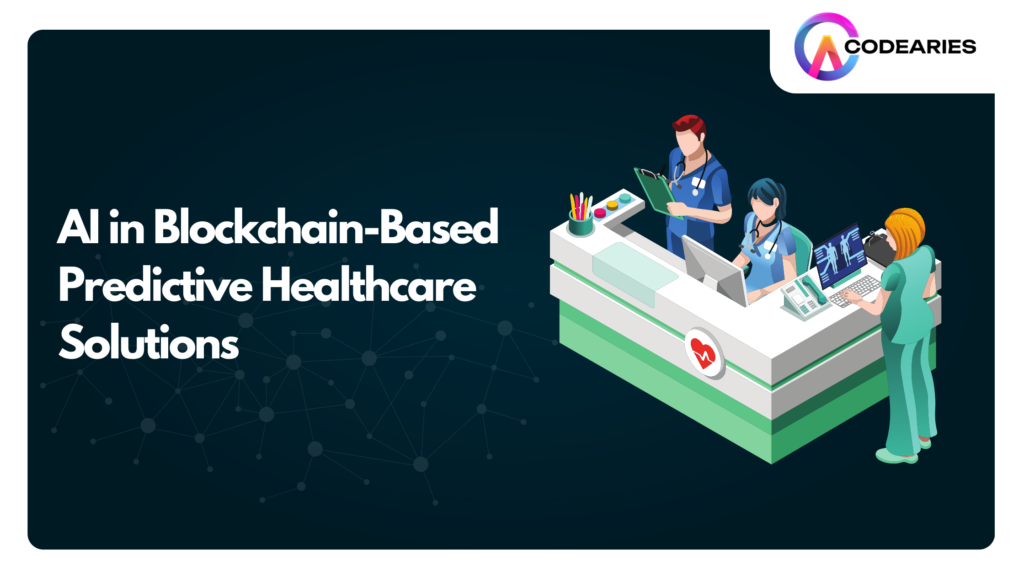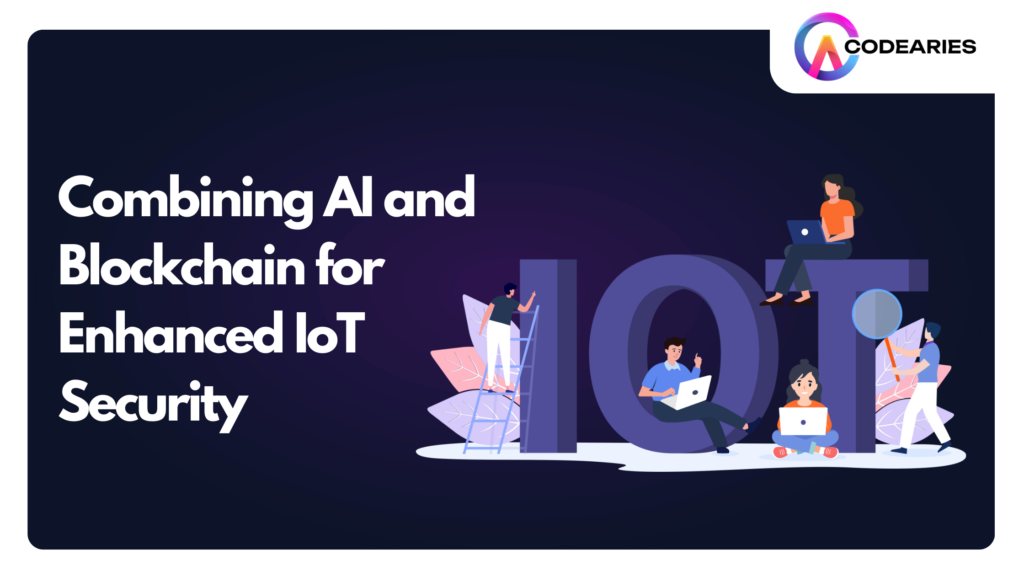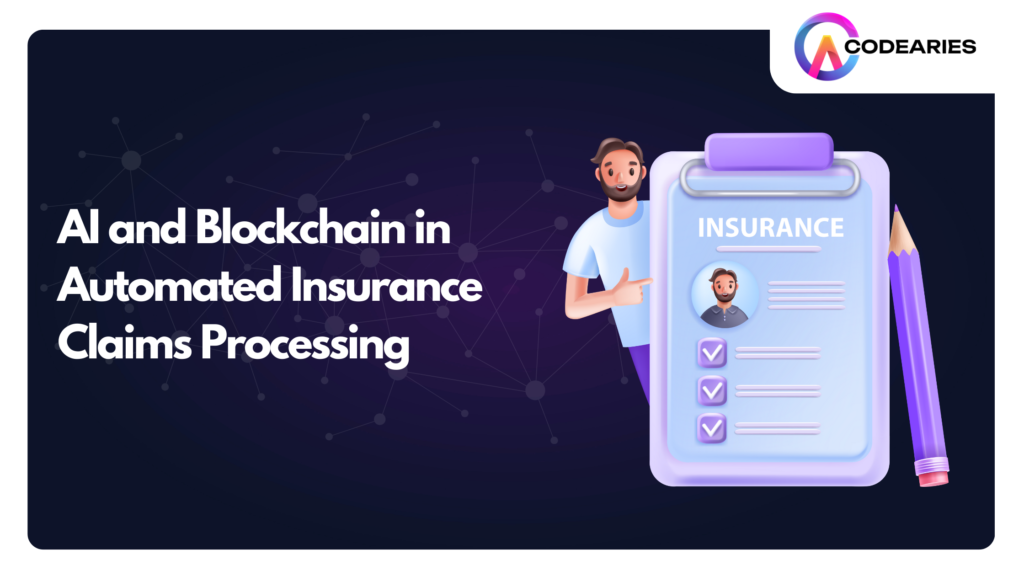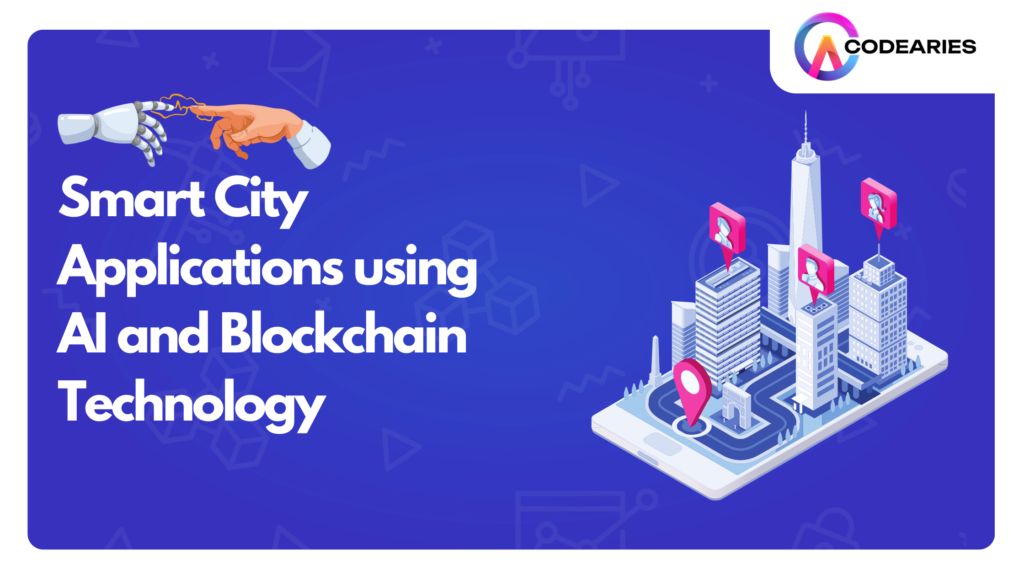Building AI and Blockchain Solutions for Autonomous Drones
Read 6 MinIn recent years, the rapid growth of artificial intelligence (AI) and blockchain technology has dramatically transformed industries, including drone technology. The convergence of AI and blockchain is now laying the foundation for a new era in unmanned aerial systems (UAS), enabling autonomous drones to perform tasks with increased efficiency, accuracy, and security. These advancements have significant implications across various sectors, such as logistics, agriculture, surveillance, and emergency response. In this article, we’ll explore the profound impact of AI and blockchain on autonomous drones, highlighting their potential to revolutionize both the technology and its applications. Why Combine AI and Blockchain for Autonomous Drones? The combination of AI and blockchain in drone technology offers several advantages. First, blockchain adds an additional layer of security to the data exchanged between drones and ground control systems. It makes it difficult for malicious actors to hack into the system, as blockchain’s decentralized nature ensures data is stored across multiple nodes. AI, on the other hand, enhances the decision-making capabilities of drones, allowing them to react swiftly to changing environmental conditions.Moreover, blockchain enables the use of smart contracts, which can automate various processes within drone operations. For instance, drones can autonomously negotiate with other drones or systems, ensuring seamless and efficient task allocation without human intervention. Also, t he global autonomous drone market size was valued at USD 15.5 billion in 2022. The market is projected to grow from USD 15.5 billion in 2022 to USD 56.5 billion by 2030, exhibiting a CAGR of 20.30% during the forecast period. (Source) AI in Autonomous Drones: Key Use Cases and Advantages AI is the brain behind autonomous drones. It enables these aerial machines to operate without human control, making decisions on the fly based on real-time data inputs. AI-powered drones can perform various tasks, from navigating crowded urban areas to delivering packages and conducting surveillance. Navigation and Obstacle Evasion Vision-based navigation: Drones utilize computer vision via cameras and sensors to understand their environment and detect obstacles. Learning systems: Machine learning allows drones to adapt and enhance their navigation skills over time through experience. Self-directed flight: Drones can autonomously maneuver through intricate environments with minimal or no human input. Data Gathering and Analysis Advanced sensing: Drones equipped with various sensors like cameras, LiDAR, and thermal imaging can collect vast amounts of data. AI-powered analysis: Collected data is processed through AI algorithms to reveal actionable insights. Use cases: These capabilities support sectors like agriculture, environmental monitoring, disaster management, and urban planning. Search and Rescue Operations Swift deployment: Drones can be quickly mobilized to locate missing individuals or assess disaster zones. Greater coverage: AI-enabled drones can scan vast areas faster than traditional search teams. Safety enhancement: Drones reduce risks by assessing dangerous environments without endangering human rescuers. Delivery and Supply Chain Logistics Self-sufficient deliveries: Drones autonomously deliver goods to remote or congested urban locations. Faster deliveries: They can reduce transit times dramatically compared to traditional methods. Cost efficiency: Especially over short distances, drone delivery can be more economical than standard logistics approaches. Surveillance and Security Operations Border surveillance: Drones can monitor borders, scanning for illegal activities. Infrastructure assessments: They are used to inspect bridges, power lines, and critical infrastructure for damage or wear. Public safety and law enforcement: Drones help authorities with crowd monitoring, emergency response, and crime prevention. New and Expanding Applications Smart farming: Drones in precision agriculture monitor crop conditions and aid in optimizing farming techniques. Construction and resource industries: In construction and mining, drones contribute to surveying, progress tracking, and safety evaluations. Entertainment and media production: Drones enhance film and photography through dynamic aerial shots and live broadcasts. AI is pivotal in unlocking the full potential of autonomous drones, enabling them to perform tasks with greater efficiency, precision, and safety across diverse industries. Blockchain in Autonomous Drones: Core Applications and Advantages Data Security and Integrity Tamper-proof records: Blockchain ensures drone-collected data remains immutable and trustworthy by creating verifiable, unchangeable records. Advanced data protection: Blockchain secures drone data, safeguarding it from unauthorized access or manipulation. Fraud prevention: By using blockchain, activities like falsifying flight logs or altering sensor data can be effectively mitigated, reducing the chances of fraud. Transparency in the Supply Chain Tracking drone lifecycle: Blockchain can provide a transparent, traceable record of a drone’s journey, from manufacturing to regular maintenance, enhancing accountability. Drone sharing and leasing: Peer-to-peer drone rental or sharing can be managed through blockchain, building trust between users by offering complete transparency. Insurance facilitation: With blockchain, drone owners can streamline insurance claims, benefiting from verifiable data and reducing the likelihood of fraudulent claims. Autonomous Drone Networks Distributed control systems: Blockchain enables decentralized control of autonomous drone networks, allowing them to function without relying on a single authority. Operational efficiency: Decentralized networks help drones operate more efficiently, reducing the need for centralized systems. Increased resilience: These networks are more resistant to disruptions, making it possible for drones to continue operations even during system attacks or failures. Monetization of Drone Data Data marketplaces: Blockchain can create platforms where drone operators can securely sell data collected from drone missions to interested buyers. Fair compensation models: Blockchain enables fair compensation for drone operators who share their data, fostering a collaborative environment that encourages innovation. Data privacy protection: Blockchain allows drone operators to monetize their data while maintaining privacy and control over how they share and use that data. New Applications on the Horizon Drone-driven supply chains: Blockchain supports the development of supply chains powered by drones, especially for delivering goods to hard-to-reach areas. Energy management via drones: In drone-powered energy grids, blockchain optimizes power distribution and enhances reliability. Disaster response coordination: Blockchain can streamline communication and coordination between drones used in emergency response, enabling faster, more organized operations. By integrating blockchain with autonomous drones, industries can achieve new levels of security, transparency, and efficiency, unlocking innovative possibilities for future drone operations. The Future of AI and Blockchain in Autonomous Drones AI-Driven Drone Advancements Improved navigation: AI will enhance drones’ ability to navigate complex spaces, including indoors and low-visibility

